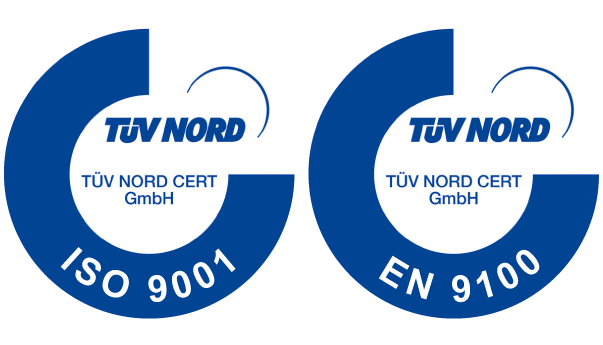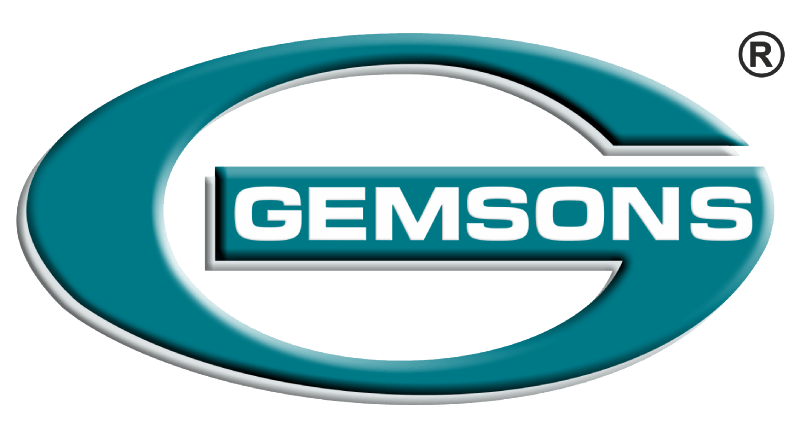CNC machining is a manufacturing process that utilizes computer-controlled machines to create precise and complex parts. This process has revolutionized the manufacturing industry, allowing faster production times and greater accuracy. Here’s an overview of the CNC machining components and the process.
What is CNC Machining?
CNC stands for Computer Numerical Control. The term refers to machines that are controlled by a computer program. These machines can perform various tasks, including cutting, drilling, milling, and turning. CNC machining is used in various industries such as aerospace, automotive, medical devices, electronics, etc.
The CNC Machining Process:
The CNC machining process consists of several steps:
- Design: The first step is designing the part using CAD (Computer-Aided Design) software. The software creates a 3D model of the part that will be produced.
- Programming: Once the design is complete, the program generates instructions for the CNC machine to follow during production.
- Setup: A machinist sets up the machine with the appropriate tools and materials needed for production.
- Production: The machine follows instructions from the program to produce parts with high accuracy and precision.
- Inspection: After production, each component undergoes inspection to ensure it meets specifications.
Components Used in CNC Machining:
CNC machines consist of several key components that work together to produce accurate parts:
- Control Panel: This component houses the computer that controls all aspects of production, such as speed, direction, tool selection, etc.
- Spindle: A spindle holds cutting tools such as drills or end mills used in machining operations.
- Tool Changer:This component automatically changes tools during production without requiring manual intervention from an operator.
- Work holding Devices: These devices hold materials in place during machining
operations to ensure they remain stable and secure throughout production. - Coolant System: A coolant system provides lubrication and cooling during machining
operations to prevent overheating or damage to materials or tools used in production.
Advantages of CNC Machining:
There are several advantages associated with using CNC-machined components:
- Precision: Using computers ensures that each component meets exact specifications every time without deviation from tolerances or dimensions required for specific applications.
- Efficiency: With automated processes comes increased efficiency leading to faster delivery times while maintaining quality control standards throughout production runs which reduces waste materials generated by traditional methods like casting or forging, which can be costly due to their high volume requirements per unit produced compared with CNC machined components where only required amount is produced reducing material wastage significantly thereby reducing cost per unit significantly too making it economical option for manufacturers looking at mass producing products at lower costs without compromising on quality standards expected by customers globally
- Versatility: With modern CNC technology, one can produce almost any shape
imaginable with ease allowing manufacturers more flexibility when it comes to designing their products and giving them the ability to create complex geometries quickly, thereby providing customers with better-performing products due to improved designs made possible through CNC technology advancements over the years making them more efficient than traditional methods used previously - Cost-Effective: While the initial investment may seem high, CNC machines pay off quickly due to their ability to reduce material wastage, increase efficiency, speed up delivery times, and help reduce labor costs involved compared with traditional methods used earlier, making them a more affordable option over the long run, benefiting both manufacturers end users alike.



Recent Comments